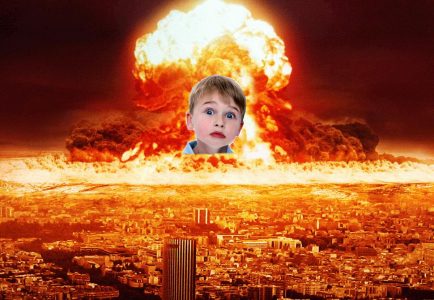

On 13 February 1960, France carried out its first nuclear test – named Gerboise Blue – around 50 kilometres from the city of Reggane, Algeria. Reggane – Algeria Algeria – pictured here – was the location of 16 nuclear tests conducted by the French government. The operation proved controversial once declassified, as it released high levels of radioiodine – a radioactive element – into the atmosphere and exposed civilians and around 3,000 servicemen to high radiation levels.
#Nuclear time locations series
The Nevada Test Site, 65 miles from Las Vegas, was used between 1951-1992 for a total of 126 tests – including a test series of 29 weapons named Operation Plumbbob between 28 May and 7 October 1957. Image: Federal Government of the United States/Wikimedia Commons But where exactly are these test sites – and what is the impact of the nuclear weapons that were tested there? Nevada Test Site – USA The first US nuclear field test on land – pictured here – was conducted at Nevada Test Site.

Since then, it is known that eight nations have detonated 2,056 nuclear test explosions at test sites worldwide, and more than 13,000 nuclear weapons have been created. Named the Trinity test by Robert Oppenheimer – the American physicist and director of the secret Los Alamos laboratory which worked to create the world’s first atomic bomb – the denotation of the device, known as ‘Gadget’, was the result of over two years of intensive work at the laboratory. Image: United States Department of Energy/Wikimedia Commons Since Oppenheimer’s first nuclear test in 1945, there have been more than 2,000 further detonations around the worldĪlmost 80 years ago in the remote plains of the Alamogordo Bombing Range – 210 miles south of Los Alamos, New Mexico – history was made as the world’s first nuclear detonation took place at the Trinity test site – the event central to Christopher Nolan’s Oppenheimer. The mushroom cloud of the Gadget device, 10 seconds after exploding in the world’s first nuclear detonation.


 0 kommentar(er)
0 kommentar(er)
